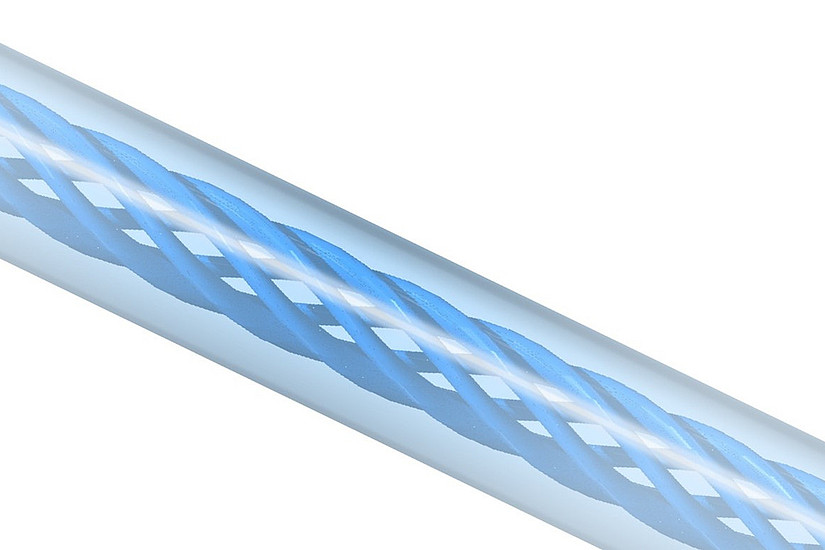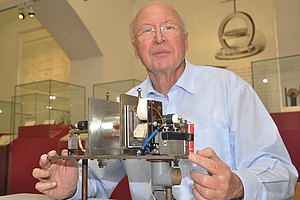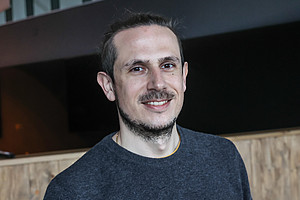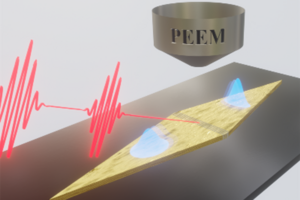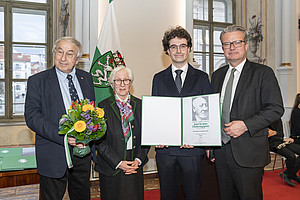Optical fibers and fiber networks – representing the backbone of many forms of communication and information transfer – play an indispensable role in our modern society. Also, in the growing field of quantum communications offering advanced security, fibers act as the highways for photons. In many applications, polarization-maintaining fibers are of utmost importance, warranting the preservation of the polarization of in-coupled light during the guided propagation. Conventional fibers preserving polarization usually only do so for linear polarization states with the polarization axis aligned with their symmetry axes, which has certain disadvantages.
An international collaboration of research groups from Austria, Germany, Spain, Pakistan, and Russia now revealed that a special type of fiber, a so-called twisted photonic crystal fiber (PCFs) – hollow air channels curling around a central glassy guide – can have various advantages over conventional polarization-maintaining fibers.
Owing to their twist, the special PCFs studied in the article preserve circular rather than linear polarization. If linear polarization is coupled into such fibers, light stays linearly polarized with the polarization being only rotated but not converted into elliptical or circular. What sounds ‘mind-twisting’ and like a curiosity is a simple consequence of the fibers geometry, and it has multiple advantageous consequences. For instance, measuring in the linear polarization basis is experimentally more straight-forward and less prone to the introduction of extra noise. Hence, these special fibers ease the characterization of transmitted (quantum) information in the polarization basis, and they also offer advantages on the sender-side of the story, e.g., by their rotational symmetry, lifting the requirement of conventional polarization-preserving fibers with respect to polarization alignment. Furthermore, they work in a broad spectral range. The presented system will enable more efficient measurements of quantum states in optical communications or other fields.
This work is part of the QuNET initiative, a BMBF-funded project (German Federal Ministry of Education and Research) aiming for the development of highly secure communication systems based on cutting-edge quantum technologies.
Article link: https://doi.org/10.1103/PhysRevApplied.19.054080
Contact: Peter Banzer, peter.banzer(at)uni-graz.at
Group website: OpNaQ Group
